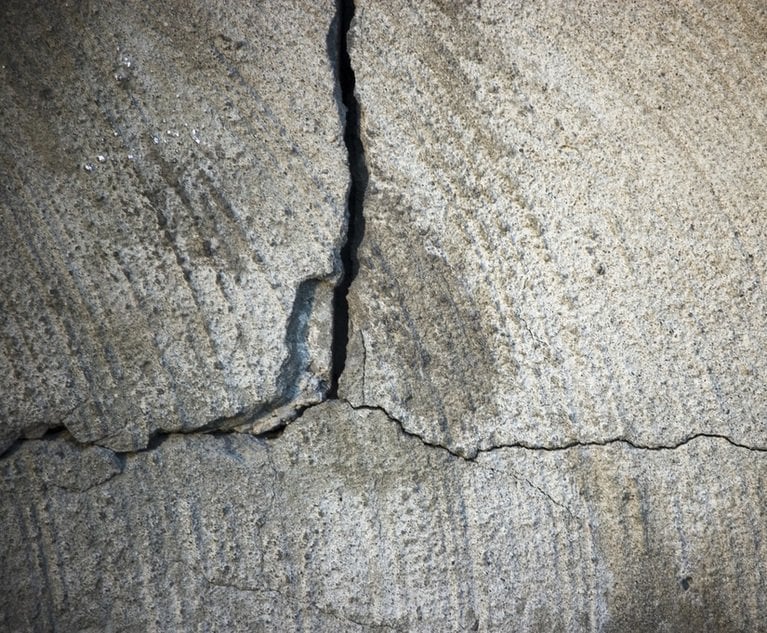 A windstorm caused a tree to fall onto the dwelling, resulting in the foundation cracking. Water then seeped into the crack, causing further damage. How should coverage respond? Credit: Igorsky/Shutterstock
A windstorm caused a tree to fall onto the dwelling, resulting in the foundation cracking. Water then seeped into the crack, causing further damage. How should coverage respond? Credit: Igorsky/Shutterstock
PropertyCasualty360.com editor's note: Every claim is different, and some insurance policies can be difficult to interpret for unique situations. FC&S Expert Coverage Interpretation, the recognized authority on insurance coverage interpretation and analysis for the P&C industry, makes it simple to find credible answers to your complicated coverage questions.
What follows is a reader's letter and analysis of the situation brought to you by our FC&S experts:
Windstorm caused a tree to fall onto the dwelling resulting in covered damages. The tree also impacted the foundation resulting in covered damage (cracks). During heavy rains, water was able to enter through the cracked foundation and cause damage to the interior of the building. Our policy does not provide coverage for interior water damage unless there is an opening in a roof or wall created by direct force of wind.
Would the limitation coverage for water damage available for the windstorm peril be applicable in this scenario (no direct force of wind damaged the building causing an opening in a roof or wall)? Or would coverage be mandatory for the interior water damage as the efficient proximate cause is a covered peril (windstorm) as (California insurance) Code § 530 states: "[a]n insurer is liable for a loss of which a peril insured against was the proximate cause, although a peril not contemplated by the contract may have been a remote cause of the loss; but he is not liable for a loss of which the peril insured against was only a remote cause"?
Recommended For You
Want to continue reading?
Become a Free PropertyCasualty360 Digital Reader
Your access to unlimited PropertyCasualty360 content isn’t changing.
Once you are an ALM digital member, you’ll receive:
- Breaking insurance news and analysis, on-site and via our newsletters and custom alerts
- Weekly Insurance Speak podcast featuring exclusive interviews with industry leaders
- Educational webcasts, white papers, and ebooks from industry thought leaders
- Critical converage of the employee benefits and financial advisory markets on our other ALM sites, BenefitsPRO and ThinkAdvisor
Already have an account? Sign In Now
© Touchpoint Markets, All Rights Reserved. Request academic re-use from www.copyright.com. All other uses, submit a request to [email protected]. For more inforrmation visit Asset & Logo Licensing.







